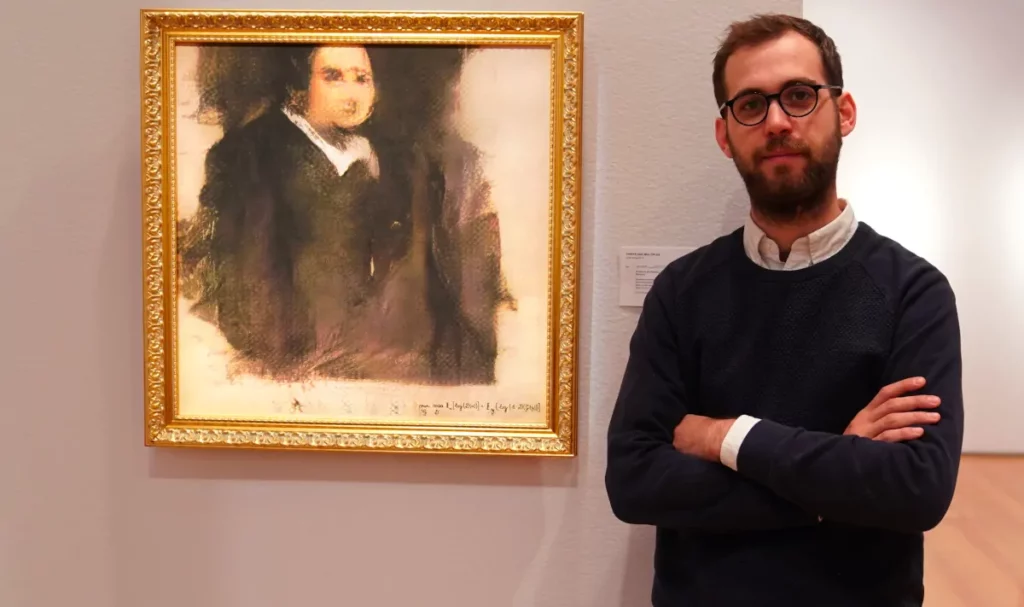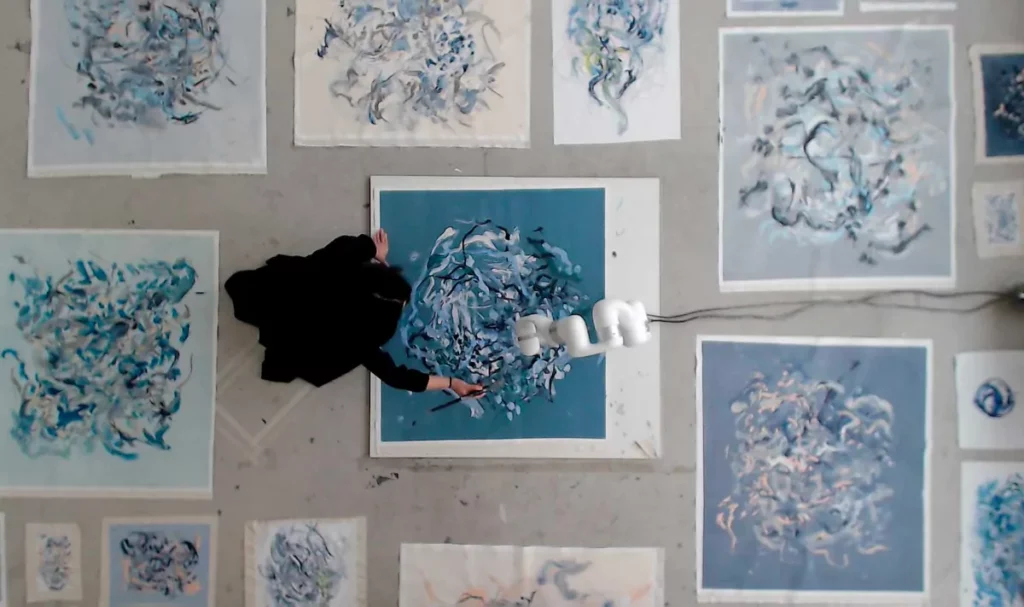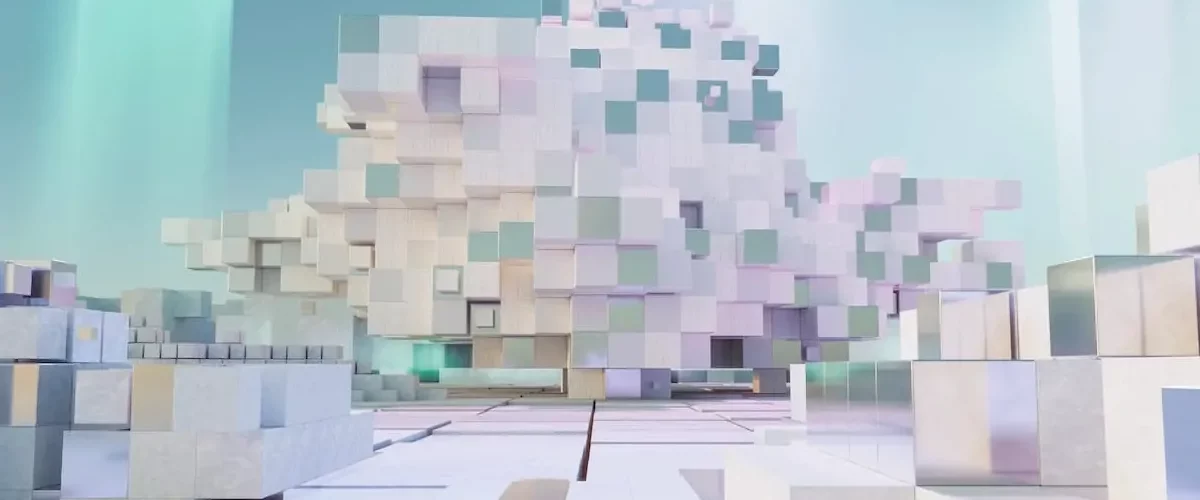Art, for centuries, has remained a bastion of human creativity, an intimate expression of our experiences, emotions, and intellectual musings. But in our digitized age, a new, somewhat controversial player has entered the fray: Artificial Intelligence. The collision of art and AI is pushing boundaries, raising profound questions, and reshaping the creative landscape.
Understanding AI in the Context of Art
Artificial Intelligence, at its core, entails the creation of algorithms that allow computers to perform tasks that typically require human intelligence. When applied to art, AI can generate content based on patterns and data it’s been trained on. This could range from paintings and music to poetry and sculpture.
Creative Process
When Artificial Intelligence engages with art, it often does so through patterns and datasets. Here’s how it generally works:
1. Training the AI: For an Artificial Intelligence to create art, it first needs to “learn” what art is. This is done by feeding it thousands, if not millions, of examples. For instance, if the AI is to generate paintings, it might be trained on a dataset of Renaissance art, modern abstract pieces, impressionist paintings, and so forth.
2. Pattern Recognition and Generation: After training, the AI identifies patterns, styles, and structures within these artworks. Using this knowledge, it can then generate new pieces that echo the styles and patterns it has seen. But, rather than merely replicating, the AI can combine, modify, and extrapolate to create entirely new pieces.
3. Beyond Visual Art: AI’s engagement with art isn’t limited to paintings or visual pieces. There are Artificial Intelligence systems trained on vast collections of music, enabling them to compose new melodies. Similarly, poetry-generating AIs have been developed using vast literary datasets.
Generated Art

Several AI programs have been designed to create art. For instance, Google’s DeepDream, uses neural networks to transform images in unique, often psychedelic ways. Another notable example is the GAN (Generative Adversarial Network) system which has been trained on thousands of artworks, allowing it to generate new, original pieces.
The auctioning of “Edmond de Belamy”, an AI-generated portrait, at Christie’s in 2018 for an astounding $432,500, challenged preconceived notions of value and originality in art. Critics argue that such pieces lack a personal touch, narrative, or emotion. Others, however, see it as a new form of art, one that reflects our digital age and challenges our understanding of creativity.
Collaborative Human-AI Projects

While the idea of standalone AI-created art is intriguing, many artists are more interested in the collaborative potential between humans and AI. In these instances, AI doesn’t replace the artist but rather augments their capabilities.
Artists like Sougwen Chung have embraced this approach. Chung’s project, “Drawing Operations”, involved her drawing in tandem with a robot programmed to mimic her movements. The project explores the relationship and synergy between human and machine.
Similarly, music composers are using AI to assist in creating compositions, providing them with new sequences or helping refine their work.
Where is it Art and Where is it Not?
The intersection of Artificial Intelligence and art inevitably raises philosophical questions: What defines art? Can a machine, devoid of consciousness and emotions, create meaningful art?
Purists believe that the essence of art is inherently human, rooted in our unique experiences, emotions, and imperfections. They argue that while AI can mimic styles or patterns, it cannot introduce the nuance, intent, or emotional depth that a human artist can.
Conversely, many in the tech world and beyond see AI art as a new frontier. For them, the process of creating algorithms, training models, and generating art is itself a form of craftsmanship and creativity.
Uniqueness and Challenges
Generative Power: One of AI’s significant strengths in art is its generative power. Given its training on vast datasets, AI can produce a large volume of artworks quickly, offering a multitude of options and iterations.
Lack of Intuition and Emotion: However, AI’s creations, no matter how intricate or beautiful, lack the intuitive intent and emotional resonance that human artists bring to their work. While an AI can mimic styles, it doesn’t “understand” the emotion or story behind a piece.
Ethical and Originality Concerns: The use of Artificial Intelligence in art also raises questions about originality and copyright. If an AI generates a piece strikingly similar to an existing artwork, who holds the rights? Moreover, what constitutes an original artwork in the age of AI?
AI Art Exhibitions: A Platform for the New Medium

Given the rising interest in AI art, dedicated exhibitions have indeed sprung up around the world. Notable institutions, including the Tate in London and the San Francisco Museum of Modern Art, have hosted exhibitions that showcase AI-generated art or delve into the relationship between humans and machines.
Smaller, niche galleries have also emerged, focused solely on AI and digital art. These spaces often act as think tanks, fostering discussions on AI’s place in the art world.
Conclusion
As we stand on this exciting, somewhat nebulous frontier, one thing is clear: AI’s role in art is burgeoning, and its influence undeniable. It challenges traditional art paradigms, encourages new forms of collaboration, and propels us to redefine our understanding of creativity. Whether one views AI-generated art as genuine artistry or mere technical prowess, its presence in the art world is set to grow, sparking debate, reflection, and innovation in its wake.
